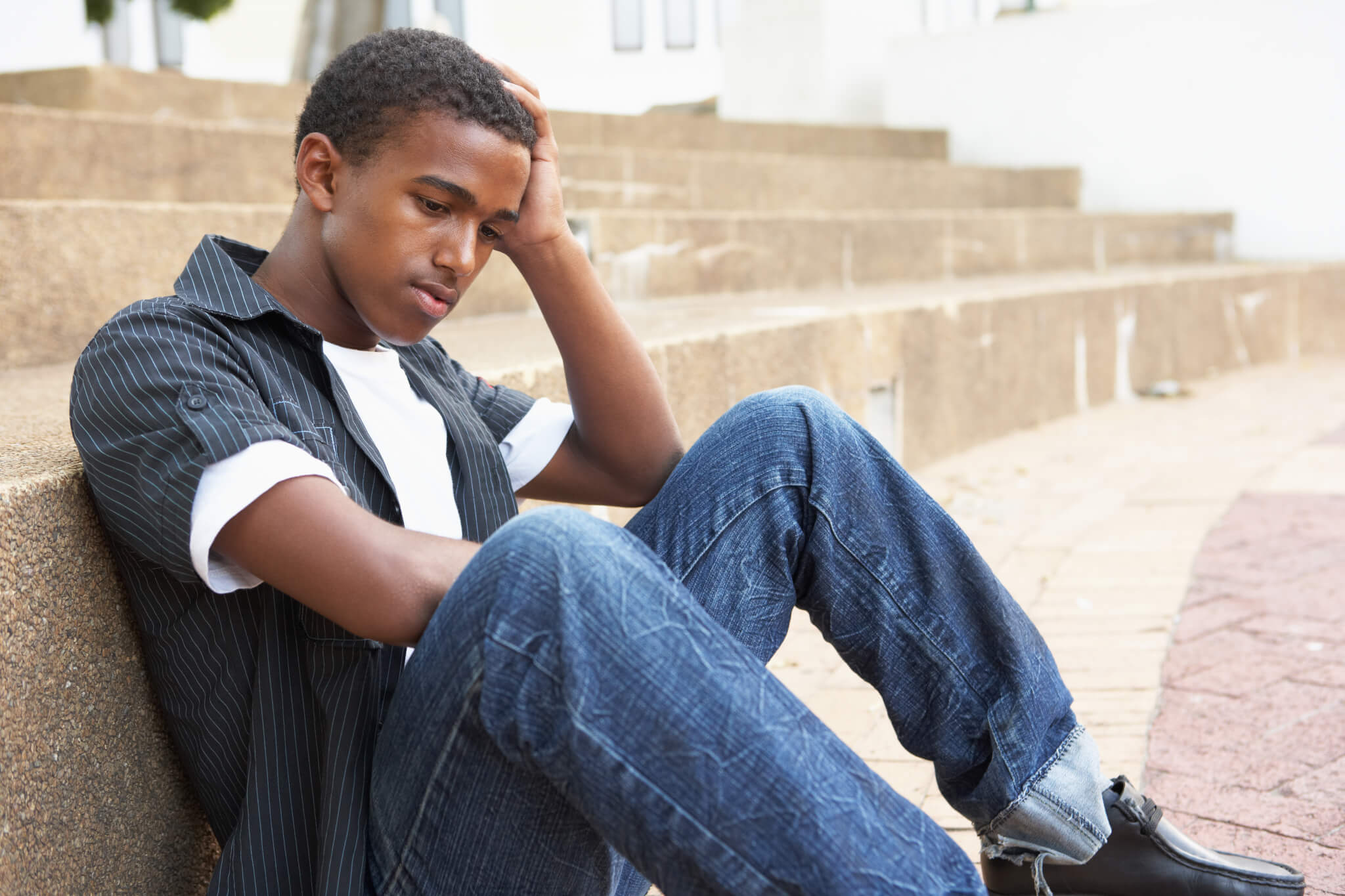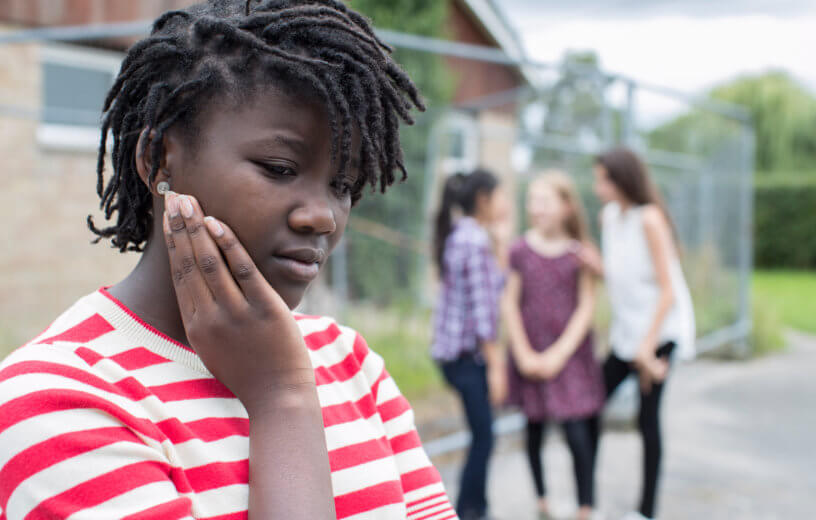COLUMBUS, Ohio — Traveling to the “bad part of town” can make anyone feel uneasy. However, a new study reveals that simply being in a place where you feel different from everyone else can cause fear. According to Christopher Browning, a professor of sociology at The Ohio State University, when African American youth travel to predominately White areas, they feel less safe.
This project is one of the first ever to analyze racial differences in how urban youth perceive their safety in real time, study authors say. The analyzed data came from the federally funded Adolescent Health and Development in Context study featuring 1,405 11 to 17-year-old youths in Columbus, Ohio. The study is published in the Journal of Adolescent Health.
“Familiarity with White neighborhoods doesn’t make Black kids feel more comfortable and safer. In fact, familiarity seems to reveal threats,” Prof. Browning says in a university release. “It is not a terribly optimistic finding.”
For the research, participants received smartphones, which they used to report on how safe they felt as they moved through the city over the course of one week. At five random times each day, the children had to fill out a mini-survey asking them where they were, what they were doing, who they were with, and the social characteristics of the setting. The GPS on those phones also recorded their location. Each of those surveys asked participants to rate on a five-point scale if their current location felt safe.
The children were classified as being in a predominantly White area if the census block they were in during a survey was at least 70 percent non-Hispanic White. Meanwhile, the study also measured violent crime levels in areas visited by the youths.
Kids generally felt safe when close to their homes; those who were within 30 meters (just under 100 feet) of their homes had about a 14-percent greater probability than others of strongly agreeing they felt safe. Unsurprisingly, however, both Black and White youth were less likely to say they felt safe when they were in census blocks featuring higher violent crime rates. That being said, racial differences still ranked as the greatest area of interest to researchers.
“When white youth are in White-dominated spaces, they tended to feel a little safer,” adds Prof. Browning, who is also a member of Ohio State’s Institute for Population Research. “But that’s not the case for Black youth.”

Study authors explain that Black youth in Columbus, as well as many other cities, face a major issue; the majority of resources they want and need (shopping, entertainment, libraries, and restaurants) are primarily located in White neighborhoods. This report reveals that Black youth who live in segregated, predominantly Black neighborhoods spend an average of 40 percent of their non-home time in White neighborhoods. That’s about twice as much time as they spend in their own home neighborhoods.
Unsafe feelings among Black participants in the study increased with more exposure to predominantly White neighborhoods. For instance, for teens exposed on average to 70 percent White neighborhoods, being outside in a White neighborhood reduced the chances of reporting strong agreement that the location was safe by roughly 26 percent of the children.
“There is this complicated trade-off that Black youth have to navigate in which they want to take advantage of these organizational resources that are mainly available in white areas of the city,” Prof. Browning comments. “But they also have to deal with feeling concerned about their safety.”
To keep the mini-surveys short, the research team did not ask children specifically what led to their feelings of relative safety in different parts of the city. Still, other research points to why Black youth may feel less safe in mostly White neighborhoods of the city. Prof. Browning explains Black youth may fear being the victim of racial violence or having a potentially dangerous encounter with police, which, while rare, is always possible.
“But there is also the sense of psychological safety. We think of it as the sense of trust that Black youth have that they can be themselves and not be at risk of being excluded, which could include anything from micro-aggressions to outright discrimination,” Browning notes.
The perception of being less safe in White neighborhoods may result in real-life health consequences for Black youth, researchers add. One study published last year in Psychoneuroendocrinology authored by Prof. Browning and colleagues measured hair cortisol concentrations among some of the same Black and White youths involved in this latest work. High hair cortisol levels can be a sign of elevated levels of chronic stress. Subsequent findings indicated Black youth who perceived they were less safe also had higher levels of hair cortisol. Similar findings, though, were not seen in White children.
“We found that feelings of safety among Black kids predict this biological indicator of stress found in hair. High levels of chronic stress could have negative effects on health,” Prof. Browning continues.
All in all, the study authors say their results show the challenges that Black youth face living in American cities. While a lot of attention has been paid to the problems Black youth face growing up in segregated neighborhoods, this research suggests that leaving those areas may result in a different set of problems.
“Black youth face unique challenges when they try to use the resources that are often found only in White-dominated neighborhoods in their city,” Prof. Browning concludes.

So…would white kids feel unsafe in black or hispanic neighborhood? How about Asian kids? Would they feel unsafe in black or hispanic neighborhood? Would Jewish kids feel unsafe in a muslim neighborhood? Would a lower income black kids feel unsafe in higher income black neighborhood or vice versa?
I might add the inquiry, do black youth feel as safe in predominantly black neighborhoods as white youth feel in predominantly white neighborhoods? Or a question of substance, are there any differences in actual incidences to be fearful of in the said neighborhoods?